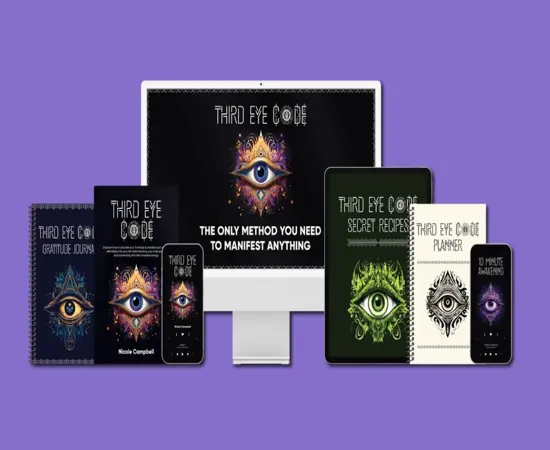Introduction
The concept of Third Eye Code has been gaining attention in recent times as a pathway to unlocking hidden potentials and achieving spiritual growth. This mystical term encompasses a variety of practices and beliefs centered around enhancing one’s intuition and perception beyond the physical realm.
Benefits
Exploring the Third Eye Code can offer a range of benefits to individuals seeking personal development and spiritual enlightenment:
- Enhanced Intuition: By tapping into the power of the Third Eye, individuals can sharpen their intuition and make better decisions in various aspects of life.
- Heightened Awareness: Practicing the Third Eye Code can lead to increased awareness of subtle energies and vibrations in the environment.
- Connection to Higher Self: Accessing the Third Eye can facilitate a deeper connection to one’s higher self and spiritual guidance.
- Expanded Consciousness: Opening the Third Eye may result in expanded states of consciousness and perception beyond the physical senses.
A Detailed Explanation
The Third Eye Code, also known as the “inner eye” or “mind’s eye,” refers to the mystical and esoteric concept of an invisible eye that provides perception beyond ordinary sight. In various spiritual traditions and belief systems, the Third Eye is considered a gateway to higher consciousness and spiritual awakening.
This metaphysical concept is often associated with the sixth chakra, known as the Ajna chakra in traditional Indian philosophy. The Third Eye is believed to be located in the center of the forehead, slightly above the eyebrows.
Practitioners of the Third Eye Code may engage in meditation, visualization techniques, energy work, and other practices to awaken and activate this psychic center. By focusing on the Third Eye, individuals aim to access inner wisdom, intuitive insights, and spiritual guidance.
Frequently Asked Questions (FAQs)
1. What is the significance of the Third Eye in spiritual traditions?
In many spiritual traditions, the Third Eye symbolizes inner vision, spiritual wisdom, and psychic abilities. It is considered a key element in the path to enlightenment and self-realization.
2. Can anyone awaken their Third Eye?
While the Third Eye is believed to be present in all individuals, not everyone may be actively aware of or in tune with this energy center. With dedicated practice and spiritual cultivation, anyone can potentially awaken their Third Eye.
3. How does the Third Eye relate to intuition?
The Third Eye is often associated with intuition, as it is believed to provide insights and perceptions beyond the physical senses. Developing the Third Eye can amplify one’s intuitive abilities and deepen inner knowing.
4. Are there risks associated with Third Eye activation?
Some practitioners caution that hasty or unguided attempts to activate the Third Eye may lead to spiritual imbalances or challenges. It is recommended to approach Third Eye practices with mindfulness and respect for the process.
5. Can the Third Eye Code be integrated into daily life?
Yes, the principles and practices of the Third Eye Code can be integrated into daily routines through meditation, mindfulness, and self-reflection. Consistent practice and intention can help individuals harness the benefits of a more awakened Third Eye.
Where can I purchase Third Eye Code?
If you are interested in exploring the world of Third Eye Code further, you can consider purchasing resources such as books, guides, and online courses related to this topic. Look for reputable sources and authors such as Nicole Campbell to delve deeper into the mysteries of the Third Eye.
Conclusion
The Third Eye Code offers a fascinating journey into the realms of consciousness, intuition, and spiritual growth. By embracing the practices and principles associated with the Third Eye, individuals can cultivate a deeper connection to their inner wisdom and higher self. Whether you are a novice or a seasoned seeker, exploring the mysteries of the Third Eye Code can lead to profound insights and transformative experiences on your spiritual path.


